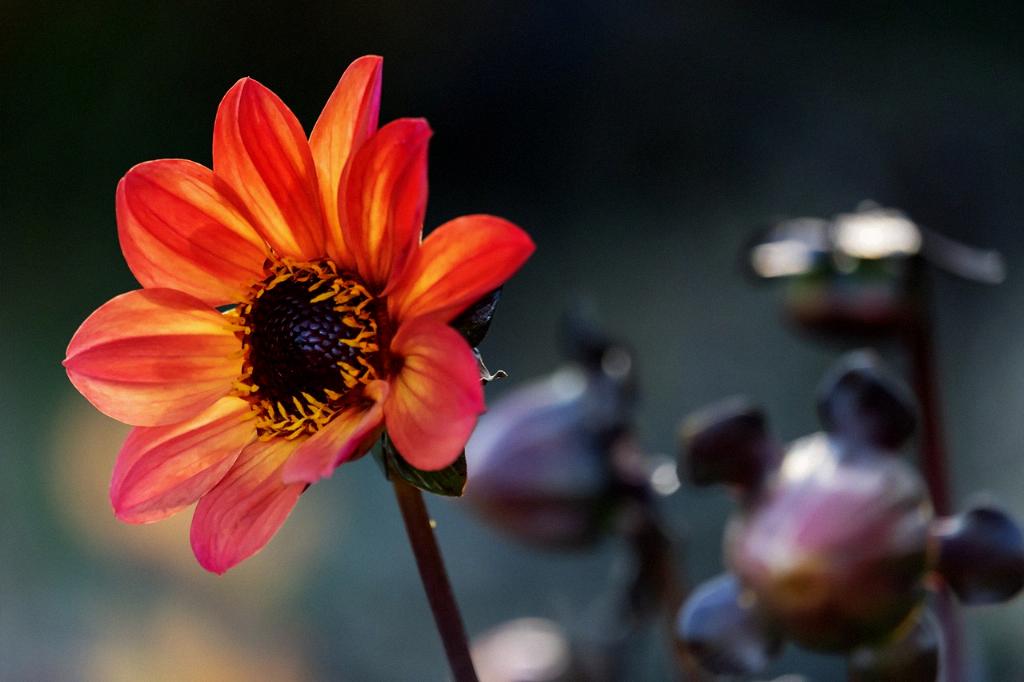Planting dahlias is a rewarding experience, allowing you to enjoy their vibrant blooms in your garden. To start, ensure you choose a sunny spot in your garden that receives at least 6 hours of sunlight daily. This will provide the optimal conditions for your dahlias to thrive.
Prepare the chosen spot by ensuring the soil is well-draining. Dahlias do not like to sit in waterlogged soil, so it’s crucial to select an area with good drainage. Once you have found the perfect location, it’s time to prepare the soil for planting.
When planting your dahlia tubers, dig a hole that is 4 to 6 inches deep. Place the tuber on its side in the hole, positioning it horizontally with the growing eye facing up. This will ensure that the tuber sprouts and grows in the right direction once it starts to develop.
It’s important to space your dahlia tubers adequately to allow for proper growth and airflow. Plant each tuber at least 1-2 feet apart to give them room to spread out and develop fully. This spacing will also prevent overcrowding, which can lead to issues like disease and poor blooming.
After placing the tubers in the holes, cover them with soil and gently pat it down to secure the tubers in place. Water the newly planted tubers thoroughly to help settle the soil and provide the necessary moisture for the dahlias to start growing.
As your dahlias begin to grow, it’s essential to provide ongoing care to ensure they continue to thrive. Regular watering is crucial, especially during dry periods, to keep the soil consistently moist but not waterlogged.
Consider adding a layer of mulch around the base of the dahlias to help retain soil moisture and prevent weeds from growing. Mulch also provides insulation for the roots during extreme temperatures, protecting them from fluctuations in the weather.
During the growing season, consider fertilizing your dahlias every 4-6 weeks with a balanced fertilizer to provide them with the necessary nutrients for healthy growth and abundant blooming. Follow the instructions on the fertilizer package for the best results.
As your dahlias grow taller, you may need to provide support to prevent them from bending or breaking in strong winds. Consider staking the plants or using plant supports to keep them upright and looking their best throughout the season.
Monitor your dahlias regularly for any signs of pests or diseases and take prompt action if you notice any issues. Inspecting the plants regularly will allow you to catch any problems early and address them before they can affect the overall health of your dahlias.
Throughout the growing season, deadhead faded blooms regularly to encourage continuous blooming and prevent the plants from wasting energy on seed production. Simply remove the spent flowers by cutting them back to a leaf node to promote new growth and more blooms.
With proper care and attention, your dahlias will reward you with a stunning display of colorful blooms that will brighten up your garden and provide you with a beautiful backdrop for outdoor enjoyment. Enjoy the process of planting and caring for your dahlias, and savor the beauty they bring to your outdoor space.

